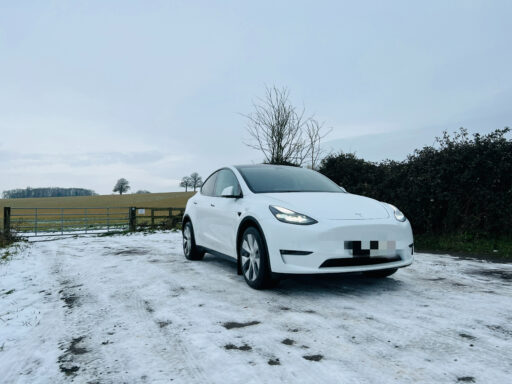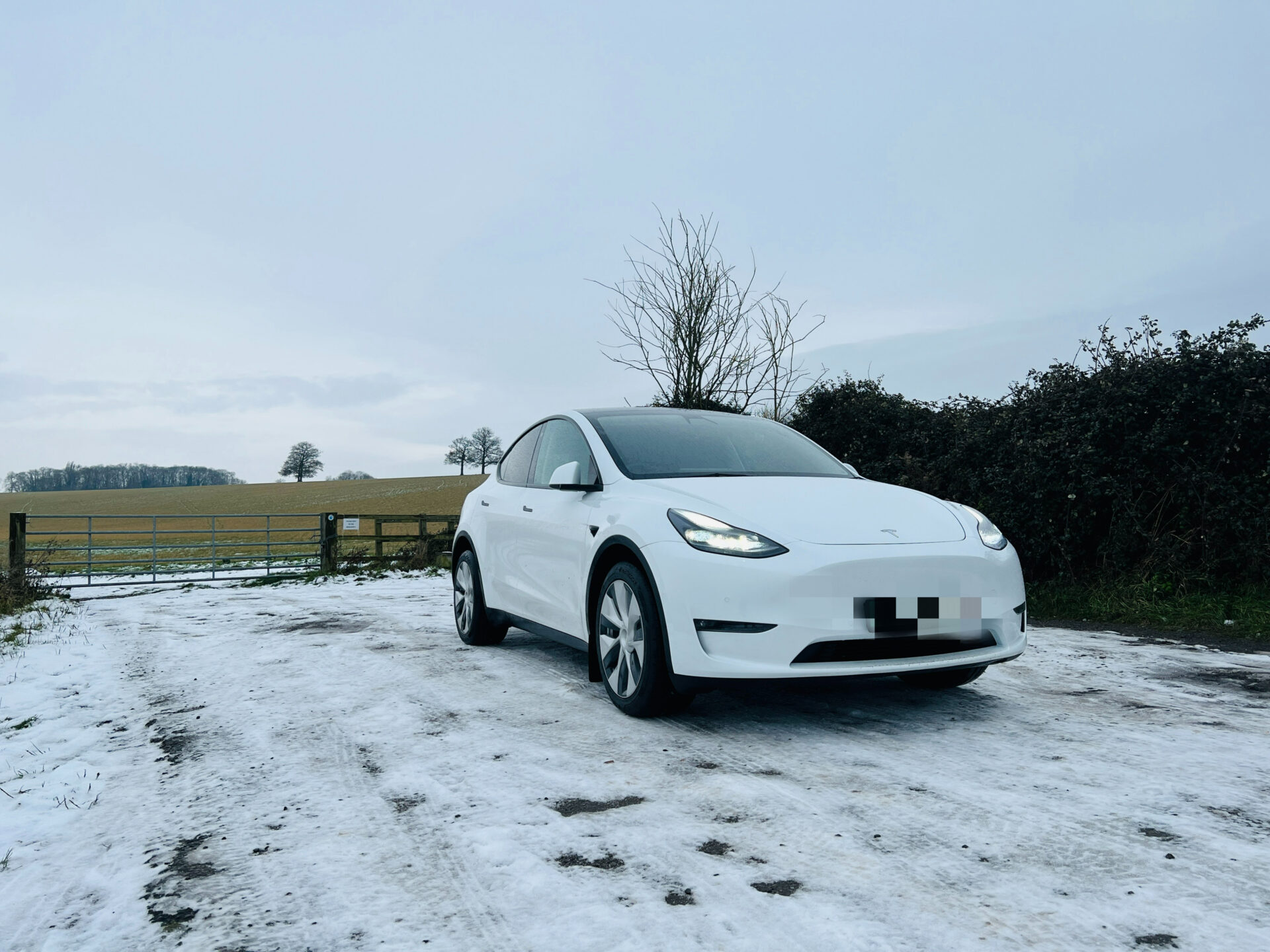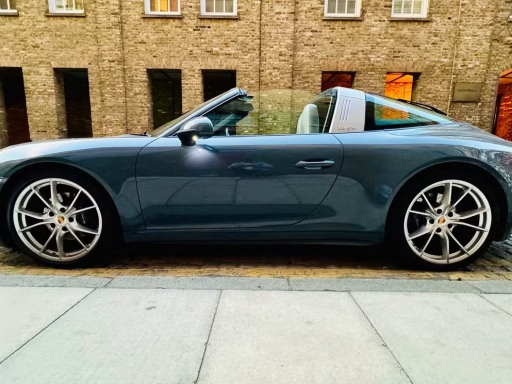- The Electric Car Scheme shares key advice for electric vehicle owners driving in cold conditions
- The EV salary sacrifice provider explains how to avoid fines when navigating icy roads
As winter’s icy grip tightens across the UK, The Electric Car Scheme has issued vital guidance for electric vehicle (EV) owners on staying safe, preparing for long journeys, and avoiding fines in hazardous conditions.
Forecasters predict plummeting temperatures throughout February, with sub-zero conditions expected across most of the country. In response, The Electric Car Scheme, a salary sacrifice EV provider, has outlined practical advice to help drivers adapt to winter challenges.
Preparing for Winter Journeys
Cold weather can significantly impact electric vehicles, with battery efficiency dropping by approximately 15% in lower temperatures. This makes careful journey planning essential, particularly for longer trips that may require extra charging stops.
To counteract this issue, several steps can be taken. If you have access to a garage, ensuring it is well insulated will help keep your EV’s battery warmer overnight while charging at off-peak rates.
For those without indoor parking, many EVs include a pre-conditioning feature that allows you to warm up the battery before setting off. If your vehicle supports this function, using it while still plugged in can help maximise battery performance and range. However, never leave your vehicle unlocked or unattended during this process, as it poses a security risk and may invalidate your insurance.
Driving Tips for Cold Conditions
Once on the road, adopting a smooth and cautious driving style will not only enhance safety but also conserve battery power. Reducing your speed from 70mph to around 65mph can improve range while allowing extra reaction time in case of ice or slush. Similarly, enabling ECO Driving Mode (or its equivalent) can optimise power delivery and minimise sudden acceleration, reducing the likelihood of wheelspin.
Maintaining warmth inside the vehicle is also important, but blasting the heating at full power can drain the battery quickly. Instead, using heated seats and steering wheels is a more energy-efficient way to stay comfortable, especially if driving solo. While bulky winter coats can restrict movement and should be avoided while driving, wearing an additional layer and dressing appropriately for long journeys is advisable.
Avoiding Winter Driving Fines
Cold weather conditions can increase the risk of breaching Highway Code rules, leading to potential fines. For instance, failing to clear snow and ice from your windscreen and windows before driving could result in penalties under Rule 229.
Additionally, while wearing a winter coat is allowed, removing it while driving could lead to a £100 on-the-spot fine. If doing so causes the driver to take their hands off the wheel, it may be deemed dangerous driving, which can also result in three penalty points.
When stopping to charge an EV in icy conditions, drivers must also follow safety guidelines. According to Rule 239 of the Highway Code, EV users should park close to charge points and ensure cables do not create trip hazards for pedestrians. Failure to do so could lead to fines of up to £130.
The Electric Car Scheme CEO and Co-Founder Thom Groot emphasised:
“EV drivers specifically need to be aware that cold temperatures impact their range. Accelerating gradually and maintaining consistent speeds will not only maximise your energy efficiency but also help reduce the risks of winter hazards, like icy or wet roads.
“Staying safe and avoiding fines often go hand in hand, but during cold weather, it’s important not to let simple things or time-saving measures in the cold catch you out. Staying a little bit warmer, or not spending the time clearing your windows and windscreen totally is simply not worth the fine or penalty points you could incur. EVs are as safe and winter appropriate as any car, as long as you know how to look after them and understand the differences ahead of time.”






